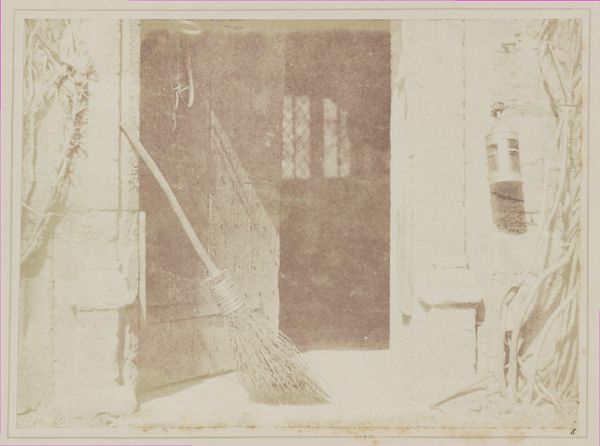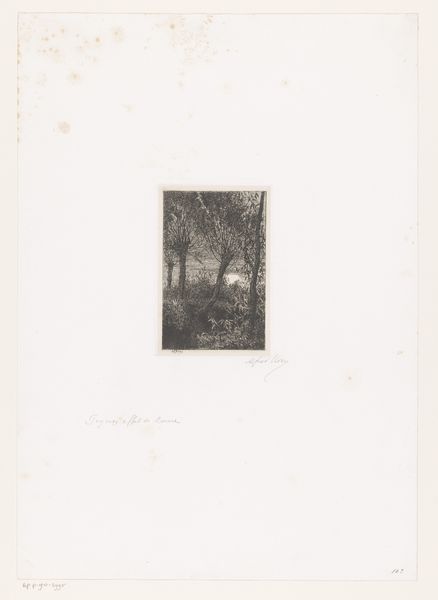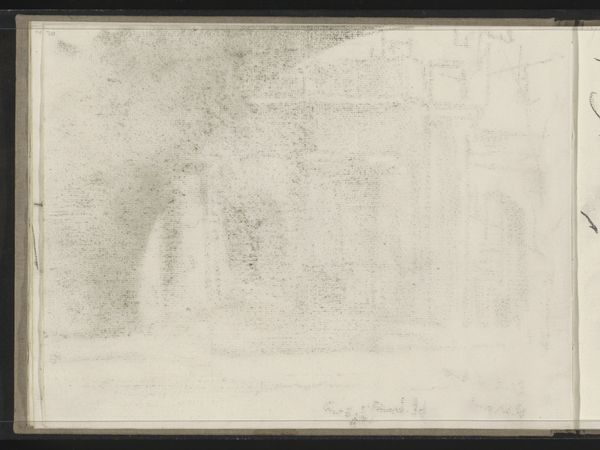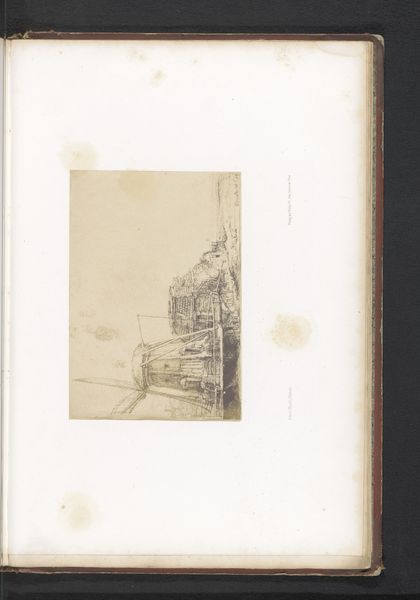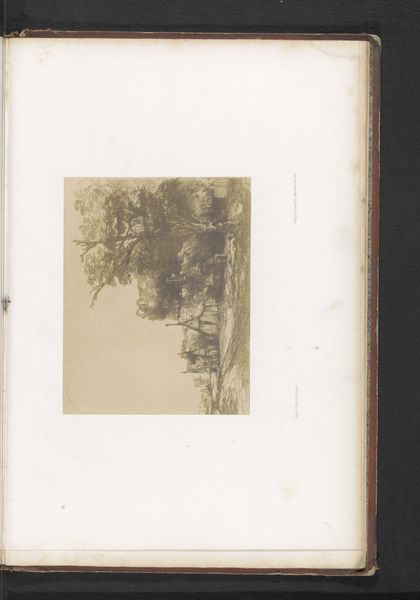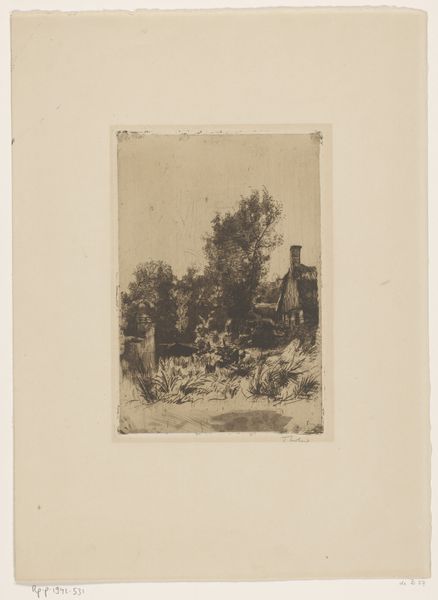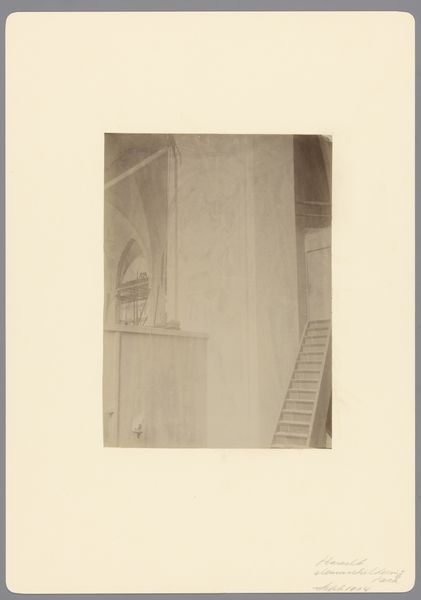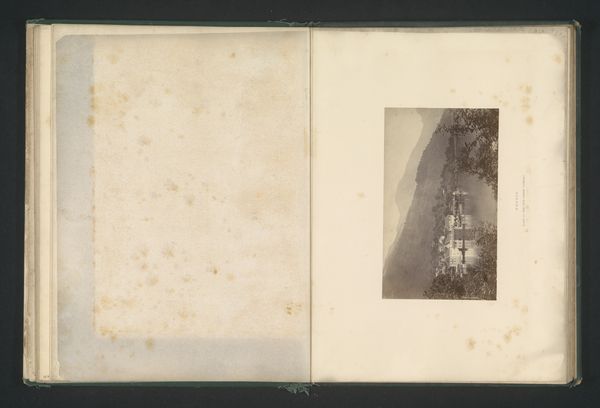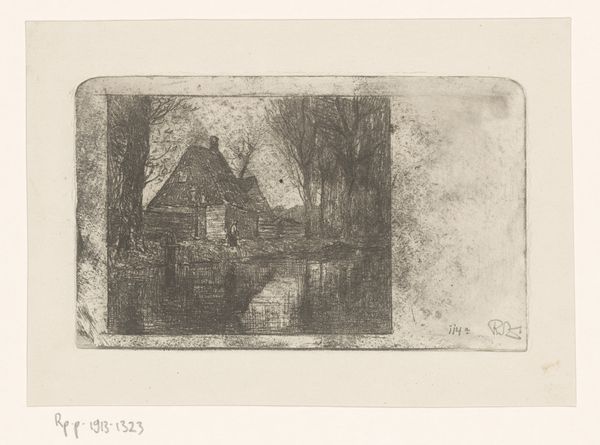
print, daguerreotype, paper, photography
#
aged paper
#
toned paper
#
16_19th-century
# print
#
landscape
#
daguerreotype
#
paper
#
photography
#
england
Dimensions: 16.8 × 20.6 cm (image); 17.5 × 21.3 cm (paper)
Copyright: Public Domain
Editor: This is "The Soliloquy of the Broom" created in 1843 by William Henry Fox Talbot. It's a print, a form of early photography on paper, housed at the Art Institute of Chicago. The image depicts an open doorway with a broom leaning against the wall and bare vines flanking the doorway. The image quality makes everything appear very dreamlike, almost haunting. How do you interpret this work within the context of the era? Curator: It’s fascinating to consider the implications of Talbot capturing such a seemingly mundane subject using this groundbreaking new technology. The "soliloquy" suggests a kind of personification of the broom, imbuing it with a voice at a time when photography itself was finding its own voice within artistic and social circles. The politics of imagery were rapidly shifting as photography offered a supposedly objective means of representation. Do you see how this image both embraces and perhaps gently critiques those claims of objectivity? Editor: I guess so. The soft focus and composition give it a subjective feel. It isn’t really a stark, objective record. But why a broom? Curator: Think about the socio-economic context. Who performed the act of sweeping in 1843? And what does it mean to elevate such an everyday object and the unseen labor associated with it, to the level of art? Consider also the debates surrounding photography's place in art at the time – was it merely a mechanical reproduction or a genuine form of artistic expression? Talbot's choice might be read as a commentary on this debate itself, making art out of the everyday. Editor: I hadn't thought about it that way, focusing on the act of domestic work, the seemingly invisible made visible. It shows that even "simple" photographs can reflect and shape cultural values. Curator: Exactly! It encourages us to look beyond the surface and to examine the underlying social, political, and artistic forces at play. A real reminder that early photographs are cultural artifacts as well as technological milestones.
Comments
No comments
Be the first to comment and join the conversation on the ultimate creative platform.
